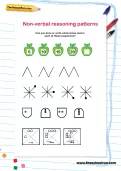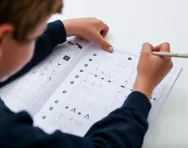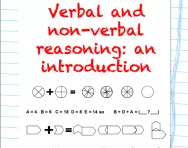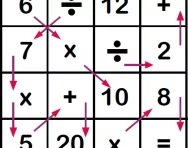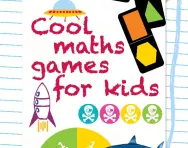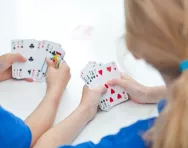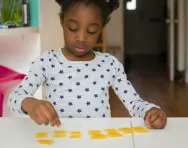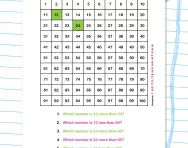Important update from TheSchoolRun
For the past 13 years, TheSchoolRun has been run by a small team of mums working from home, dedicated to providing quality educational resources to primary school parents. Unfortunately, rising supplier costs and falling revenue have made it impossible for us to continue operating, and we’ve had to make the difficult decision to close. The good news: We’ve arranged for another educational provider to take over many of our resources. These will be hosted on a new portal, where the content will be updated and expanded to support your child’s learning.
What this means for subscribers:
- Your subscription is still active, and for now, you can keep using the website as normal — just log in with your usual details to access all our articles and resources*.
- In a few months, all resources will move to the new portal. You’ll continue to have access there until your subscription ends. We’ll send you full details nearer the time.
- As a thank you for your support, we’ll also be sending you 16 primary school eBooks (worth £108.84) to download and keep.
A few changes to be aware of:
- The Learning Journey weekly email has ended, but your child’s plan will still be updated on your dashboard each Monday. Just log in to see the recommended worksheets.
- The 11+ weekly emails have now ended. We sent you all the remaining emails in the series at the end of March — please check your inbox (and spam folder) if you haven’t seen them. You can also follow the full programme here: 11+ Learning Journey.
If you have any questions, please contact us at [email protected]. Thank you for being part of our journey it’s been a privilege to support your family’s learning.
*If you need to reset your password, it will still work as usual. Please check your spam folder if the reset email doesn’t appear in your inbox.
Non-verbal reasoning patterns
What are non-verbal reasoning patterns or sequences?
Non-verbal reasoning involves the ability to understand and analyse visual patterns, shapes, and sequences without relying on language. Non-verbal reasoning patterns or sequences can take various forms, and understanding them often requires spatial awareness, logical reasoning, and pattern recognition skills.
What is an example of a non-verbal reasoning question?
Here's an example of an 11 plus non-verbal reasoning question:
Imagine you are presented with a sequence of shapes arranged in a specific pattern.
A non-verbal reasoning question could be:
Which shape completes the sequence?
(You will be provided with options to choose from.)
To determine the missing shape, you will need to identify the underlying rule or pattern governing the sequence.
You might notice the following pattern:
- The triangle moves one step clockwise in each subsequent figure.
- The square moves two steps clockwise in each subsequent figure.
- The circle moves three steps clockwise in each subsequent figure.
Applying this pattern to the last figure, you can deduce that the next shape should be three steps clockwise from the circle.
You should be able to figure out which option to select by applying this rule to the shapes provided.
How will this non-verbal reasoning patterns worksheet help your child?
This non-verbal reasoning worksheet was created by an educational expert with the purpose of providing at-home practise for your child to develop their non-verbal reasoning skills. Your child will be asked non-verbal reasoning questions, similar to those they may be asked in an 11 plus exam, and the answers are included.
For more 11 plus information, check out our 11 plus hub, or challenge your child with more non-verbal worksheets such as Non-verbal reasoning: counting sides, symbols and more.
